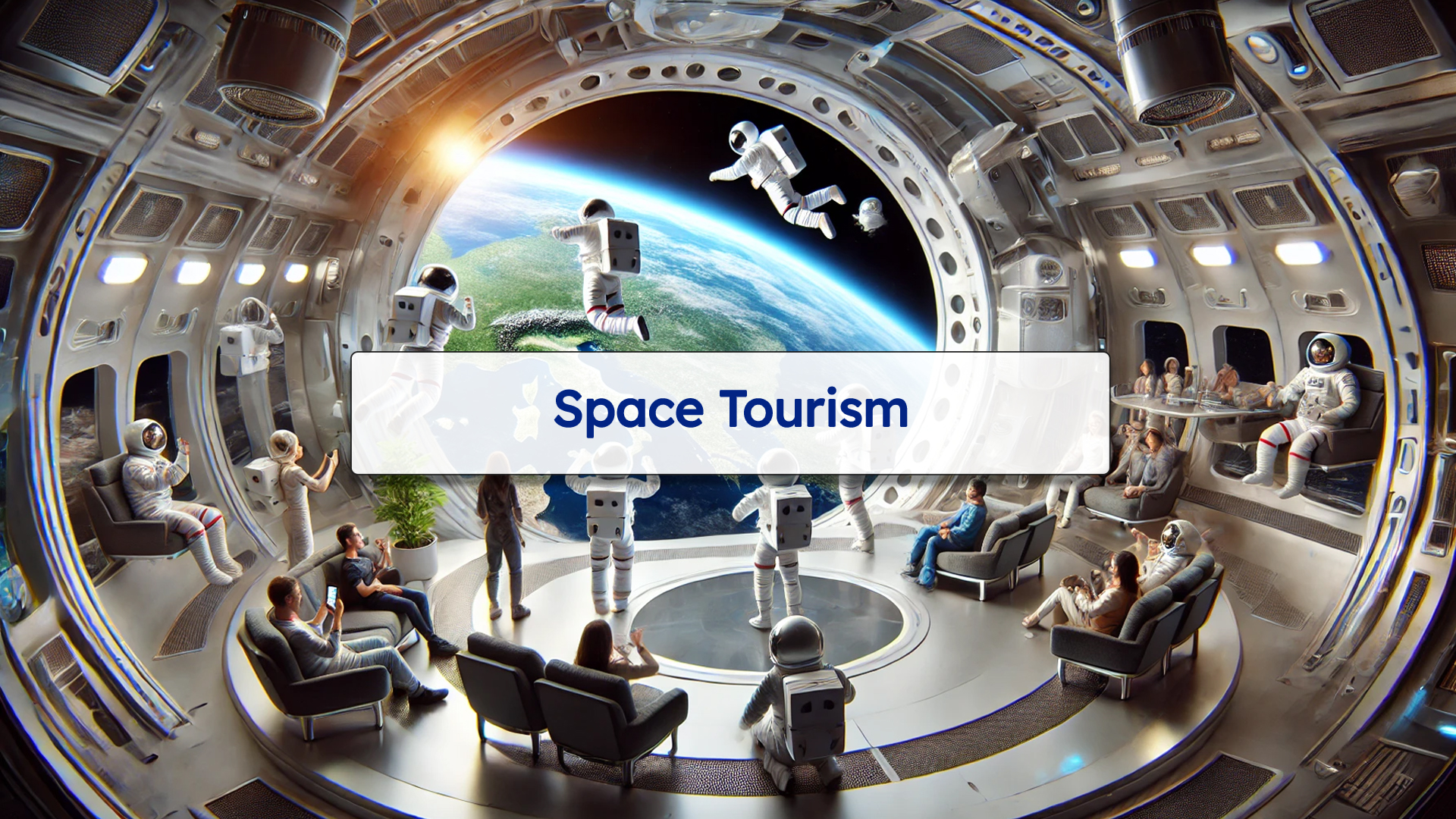Space tourism is no longer just a science-fiction dream—it’s a reality for the ultra-wealthy. Companies like SpaceX, Blue Origin, and Virgin Galactic have successfully launched private passengers into space, marking the beginning of a new era in travel. However, for the vast majority of people, the costs remain astronomical. The big question remains: when will space tourism be affordable for the average person?
The Current State of Space Tourism
At present, space tourism is an exclusive experience with a hefty price tag. Virgin Galactic’s suborbital flights cost around $450,000 per ticket, while Blue Origin’s passengers have paid undisclosed amounts, likely in the same range. SpaceX, which offers private missions to orbit, charges tens of millions of dollars per seat. These prices make space travel accessible only to billionaires and celebrities, leaving everyday enthusiasts wondering when they might get their chance.
The Path to Affordability
Historically, new transportation technologies—from airplanes to commercial air travel—started as luxury experiences before becoming more affordable. Several factors will determine how quickly space tourism follows this pattern:
- Advancements in Technology – The development of reusable rockets has already significantly reduced launch costs. As companies refine their spacecraft and introduce more cost-effective technologies, ticket prices are expected to decline.
- Increased Competition – More players entering the market will lead to price competition. Companies like Space Perspective, which offers balloon-based space experiences, may provide budget-friendly alternatives to rocket launches.
- Economies of Scale – As demand increases and more flights occur, costs will decrease. If space tourism sees widespread adoption, it could follow the commercial airline industry’s model of scaling up and lowering fares.
- Government and Private Investments – Subsidies, government partnerships, and private funding could help reduce costs, much like how early airline travel was supported before becoming commercially viable.
Future Predictions
Experts predict that within the next two decades, prices for suborbital flights could drop to tens of thousands of dollars, making space tourism an option for upper-middle-class travelers. Orbital and lunar tourism, however, may take longer to become affordable, potentially remaining in the million-dollar range for decades. Still, as technology advances and commercial space travel expands, space vacations may one day be as common as international flights.
Final Thoughts
Space tourism is on an exciting trajectory, but affordability remains a significant hurdle. While prices are gradually decreasing, true accessibility may take years—if not decades. However, history has shown that luxury travel innovations eventually become mainstream. For now, aspiring space tourists will have to wait for their shot at the stars.


